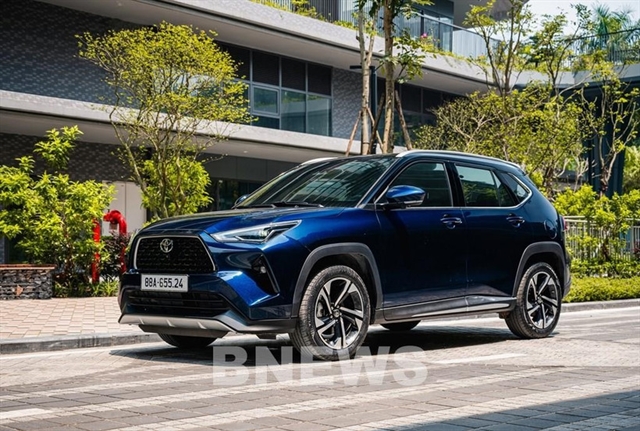 Economy
Economy

 |
| Prime Minister Phạm Minh Chính visited the aerospace company, Embraer Group, in Sao Paulo state, Brazil, last week. — VNA/VNS Photo |
HCM CITY — Latin America is always one of the most important markets for Việt Nam, an official of the Ministry of Industry and Trade (MoIT) told the recent Việt Nam International Sourcing 2023.
Over the past years, trade and investment relations between Việt Nam and Latin America have continually developed and expanded, said Tạ Hoàng Linh, Director of the MoIT’s European - American Market Department.
He cited statistics showing that bilateral trade doubled to US$23 billion in 2022 from $14.2 billion in 2018. It stood at $13.4 billion in the first eight months of 2023, down 14 per cent from a year earlier.
Despite the fall during January - August, it was encouraging that the decline had recently slowed down compared to the first months of the year. Particularly, the eight-month trade with some markets posted year-on-year increases, signalling the recovery of Việt Nam - Latin America trade, he went on.
Notably, aside from the biggest Latin American markets like Brazil, Mexico, Argentina and Chile, many others in the region such as Panama, Colombia, and Peru had also recorded impressive growth in trade with the Southeast Asian nation in recent years.
Considering Việt Nam’s trade relations, Latin America had always been one of the most important markets, Linh said. He added that it was not only a potential importer of Việt Nam’s strong products such as textiles-garments, leather-footwear, farm produce and fisheries products, but also a supplier of important materials including corn, soya bean, and animal feed for the country’s manufacturing industries.
A representative of the Vietnamese Trade Counsellor in Chile said the Việt Nam - Chile Free Trade Agreement and the Comprehensive and Progressive Agreement for Trans-Pacific Partnership (CPTPP), had provided mechanisms for Việt Nam to step up exporting goods, including many entitled to zero tariffs, to Chile.
"Chile is currently the third largest destination of Vietnamese goods in Latin America, after Brazil and Mexico," the representative said.
Meanwhile, Tatiana Prazeres, Secretary of Foreign Trade at the Brazilian Ministry of Development, Industry, Trade and Services, noted her country was the biggest trading partner of Việt Nam in Latin America.
In 2022, bilateral trade rose 6.5 per cent year on year to $6.78 billion. That consisted of $2.24 billion in Việt Nam’s exports to Brazil, down 1.3 per cent, and $4.55 billion in imports, up 10.8 per cent.
The trade turnover reached $3.86 billion during the first seven months of 2023, down 7.5 per cent from a year earlier, comprising $1.47 billion in Việt Nam’s exports (up 14 per cent) and $2.39 billion in imports (down 17.1 per cent), data show.
Việt Nam’s main exports to Brazil include mobile phones and components, computers, electronic devices and components, machinery and spare parts, vehicles, steel, and footwear. Meanwhile, the Southeast Asian nation mainly imports ores and minerals, cotton, animal feed and materials, soya bean, corn, timber and wood products, and garment and footwear materials from the Latin American country, according to Prazeres.
Linh said there remained much room for Vietnamese enterprises to boost cooperation with Latin America, but they would need to take methodological and professional steps.
They should identify potential products for each market, work to meet quality standards, and distribute goods via retail networks of Latin American countries, he recommended.
Nguyễn Mạnh Cường, a representative of the Việt Nam Organic Agriculture Association, noted that from 2024, some Latin American countries would begin enforcing regulations on imports of genetically modified products. This would be a chance for producers and suppliers of clean farm produce to grow shipments to Latin America. — VNS